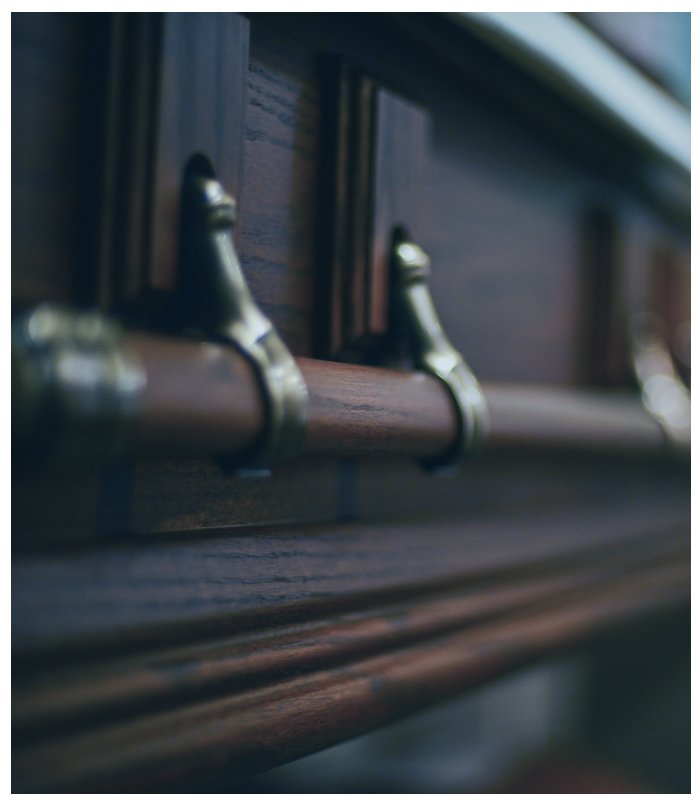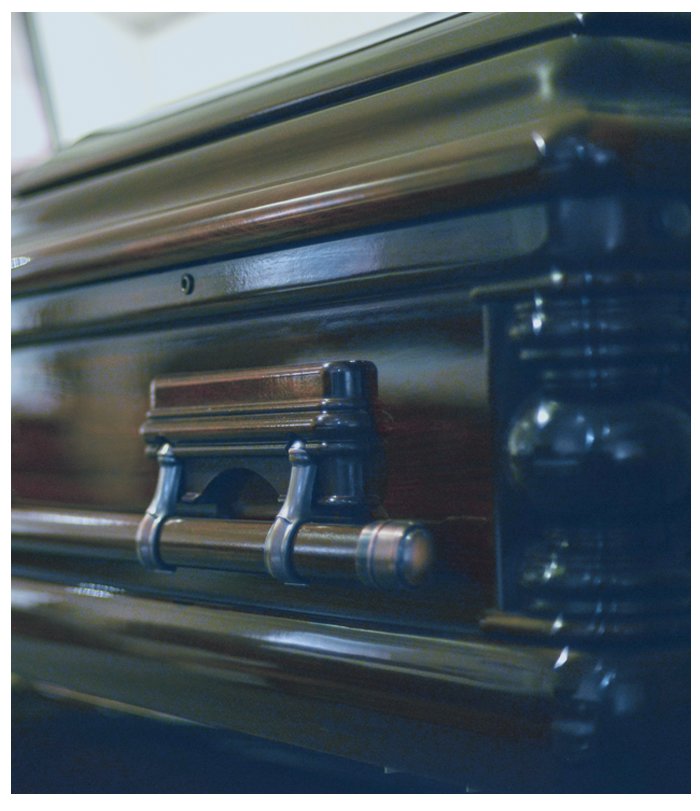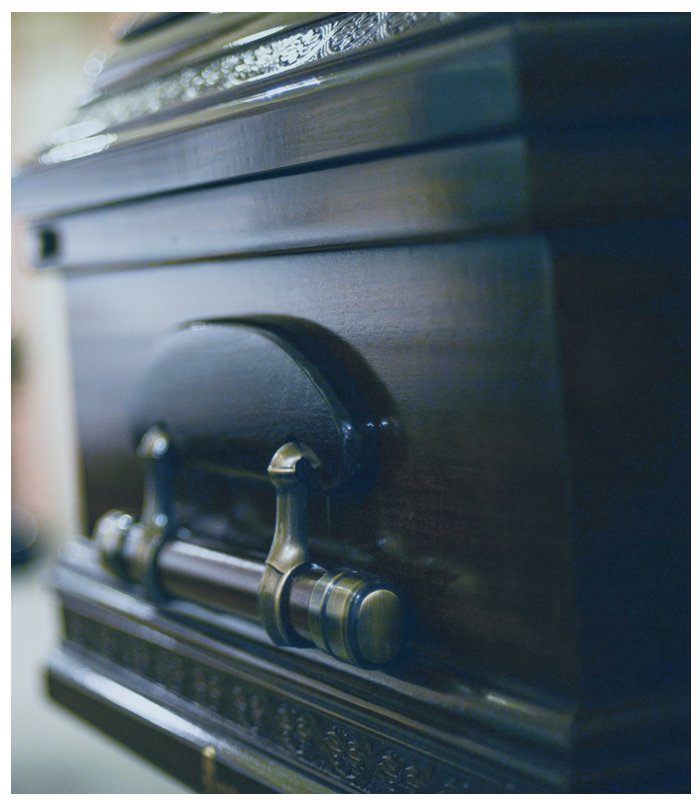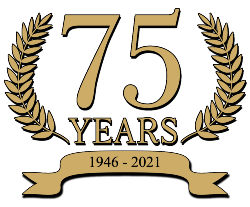(585) 544-2041
Our most selected Burial Options

Simple Burial - $4,245 - This selection includes the use of our facilities for a private viewing and the supervision of a graveside ceremony at a cemetery.

Burial with Service at the funeral home - $4,370 - When the family decides to have a celebration of life service held at the funeral home. Includes coffee, tea, citrus water.

Burial w/ calling hours & mass at church - $4,945 - When the family decides to have calling hours for 3 hours (ex 4-7pm) at the funeral home, prayers at the funeral home before church and then procession to church for a service/mass and cemetery. Includes complimentary continental breakfast the morning of the service, coffee, tea, citrus water during calling hours.
*not included - merchandise for burial or third party items.
Comparing Prices of Funeral Providers
If you are comparing prices among funeral providers, it is important to recognize the differences in the overall level of service and the manner in which fees are quoted. Every funeral provider charges separately for two main components – professional services and merchandise. While one firm may have a lower service charge than another, their merchandise prices may be higher, resulting in a comparable total price. Our funeral homes’ prices are in the middle by comparison to others and represent what we think is the ideal combination of price and value.
We also believe in transparency and listing our prices. You will find our General Price List at the bottom of this page. While many funeral homes don’t list their prices on line we feel we have nothing to hide and want to be as transparent as possible. Please know that our price list is regulated by the FTC funeral rule and all of our prices are itemized. As the consumer, this may be hard for you to fully understand and may require clarification. Before making funeral arrangements please know we are here for you at anytime to explain these charges in person, over the phone or via email.
At Harris Funeral Home, we place the emphasis on service & care over merchandise, as our clients mainly value the positive experience with our staff, facilities and the thoughtful care we render.
Here are some questions you should consider when comparing:
1. Is the funeral provider’s pricing complicated by packaged offerings claiming to save expense? Are there any hidden fees?
2. Does the staff listen and comprehend my needs, responding with warmth and eagerness to assist, as if my family is their only concern of the moment?
3. Does the firm’s personnel have the knowledge and experience of various faith and cultural traditions, facilitating well-orchestrated ceremonies? Or, can the staff support us in meaningful ways for a non-religious ceremony?
4. Are the facilities, equipment, technology and procedures up to date?
Does the staff provide timely follow-up and assistance with details when services are completed?
5. Will the firm go out of its way to accommodate special requests and demonstrate creativity in tailoring services, or is it a “one size fits all” approach?
6. How much personnel is assigned to supervise memorial ceremonies?
7. Does the company operate its own business or is this “outsourced?”
We invite you to visit our facilities, meet our staff, and compare.
Click here for a PDF of our price list.
Cemetery Types
Monumental cemetery: A monumental cemetery is the traditional style of cemetery where headstones or other monuments made of marble or granite rise vertically above the ground. There are countless different types of designs for headstones, ranging from very simple to large and complex, even flat stones may be used in certain sections. Local examples are, Holy Sepuclhre Cemetery, Mt. Hope Cemetery, Riverside Cemetery, Irondequoit Cemetery.
Memorial Park/Cemetery: Is where each grave is marked with a small commemorative plaque that is placed horizontally at the head of the grave at ground-level. Families can still be involved in the design and the information contained on the plaque, however in most cases the plaques are a standard design. A local example is, White Haven Memorial Park.
Mausoleum: A mausoleum is an external free-standing building constructed as a monument enclosing the interment space or burial chamber of a deceased person or people. A mausoleum may be considered a type of tomb BUT is often referred to as a crypt. Just about all local cemeteries here in Rochester have a mausoleum.
Columbarium: Columbarium walls are generally reserved for cremated remains. While cremated remains can be kept at home by families or scattered somewhere significant to the deceased, a columbarium provides friends and family a place to come to mourn and visit. Columbarium walls do not take up a lot of space and is another alternative to a burial plot.
Natural cemeteries/ Green Burials: Natural cemeteries, also known as eco-cemeteries or green cemeteries is a new style of cemetery set aside for natural burials. Natural burials are motivated by the desire to be environmentally conscience, although natural burials can be performed at any type of cemetery, they are usually done in a natural woodland area. Conventional markings such as headstones are generally replaced with a tree or a bush or a placement of a natural rock. Most of our local cemeteries have a section within their cemetery that allows Green Burials. There are many different cemeteries that offer this here in Rochester, for more information please call or email.
Burial FAQ
What is opening and closing and why is it so expensive?
Opening and closing fees can include up to and beyond 50 separate services provided by the cemetery. Typically, the opening and closing fee include administration and permanent record keeping (determining ownership, obtaining permission and the completion of other documentation which may be required, entering the interment particulars in the interment register, maintaining all legal files); opening and closing the grave (locating the grave and laying out the boundaries, excavating and filling the interment space); installation and removal of the lowering device; placement and removal of artificial grass dressing and coco-matting at the grave site, leveling, tamping, re-grading and sodding the grave site and leveling and re-sodding the grave if the earth settles.
Why is having a place to visit so important?
To remember and to be remembered are natural human needs. A permanent memorial in a cemetery provides a focal point for remembrance and memorializing the deceased. Throughout human history, memorialization of the dead has been a key component of almost every culture. Psychologists say that remembrance practices, from the funeral or memorial service to permanent memorialization, serve an important emotional function for survivors by helping them bring closure and allowing the healing process to begin. Providing a permanent resting place for the deceased is a dignified treatment for a loved one’s mortal remains, which fulfills the natural human desire for memorialization.
What happens when a cemetery runs out of land?
When a cemetery runs out of land, it will continue to operate and serve the community. Most of the larger cemeteries here in the Rochester area have enough room for burial for up to 150 years still.
In a hundred years will this cemetery still be there?
We think of cemetery lands as being in perpetuity. There are cemeteries throughout the world that have been in existence for hundreds of years.
How soon after or how long after a death must an individual be buried?
There is no law that states a specific time from for burial. Considerations that will affect timeline include the need to secure all permits and authorizations, notification of family and friends, preparation of cemetery site and religious considerations. Public heath laws may have limitations on the maximum length of time allowed to pass prior to final disposition. Contact your local funeral provider for more details.
Does a body have to be embalmed before it is buried?
No. Embalming is a choice which depends on factors like if there is to be an open casket viewing of the body or if there is to be an extended time between death and internment. Public health laws may require embalming if the body is going to be transported by air or rail.
What options are available besides ground burial?
Besides ground burial, some cemeteries offer interment in lawn crypts or entombment in mausoleums. In addition, most cemeteries provide choices for those who have selected cremation. These often include placement of cremated remains in a niche of a columbarium or interment in an urn space.
What are burial vaults and grave liners?
These are the outside containers into which the casket is placed. Burial vaults are designed to protect the casket by keeping it clean and dry, they form whats called a seal. Burial vaults are made from a variety of materials such as, concrete, stainless steel, galvanized steel, copper, bronze, plastic or fiberglass. A grave liner is a lightweight version of a burial vault which simply keeps the grave surface from sinking in and does not keep the casket clean and dry.
Must I purchase a burial vault?
Most large, active cemeteries have regulations that require the use of a basic grave liner for maintenance and safety purposes. Either a grave liner or a burial vault will satisfy these requirements. Some smaller rural or churchyard cemeteries do not require use of a container to surround the casket in the grave.










